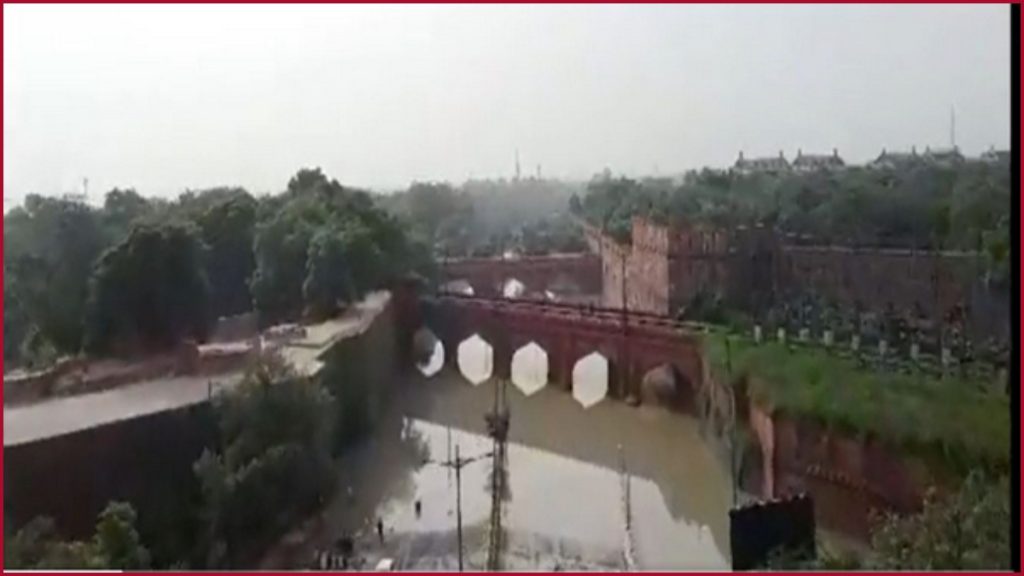New Delhi: The water level of the Yamuna River started continued to recede on Sunday and it was recorded at 205.50 metres at 11 pm at the Old Railway Bridge. Though the water level is still above the danger mark of 205.33 metres, it is expected to come down soon, officials said.
Earlier, the water level of the Yamuna River in Delhi was recorded at 205.56 metres at 8 PM on Sunday.
Delhi Revenue Minister Atishi said on Sunday, “Yamuna’s water level is decreasing rapidly and we are hopeful that by tonight Yamuna’s water level be below the danger level.”
Yamuna water level at 205.50 metres in Delhi, expected to come below ‘danger mark’ soon
Read @ANI Story | https://t.co/dmGuvPdinP#YamunaWaterLevel #DelhiFloods #Delhi pic.twitter.com/q6lA5FhFsF
— ANI Digital (@ani_digital) July 16, 2023
“Now, our priority is to get life back to normal and to set up relief and rehabilitation camps for those who had to evacuate their place. But there is still waterlogging in many parts of the city. We are pumping out water from the roads,” she added.
Delhi Minister Atishi and LG VK Saxena visited the areas of Raj Ghat, Shantivan and Red Fort on Sunday to take stock of the situation.
The Yamuna River in Delhi crossed the danger mark of 205.33 metres at 5 pm on July 10.
As per the latest forecast issued by the Central Water Commission (CWC) on July 16 at 08:30 AM, the water level at Old Railway Bridge (ORB) was expected to be at 205.47 Meters between 08:00 PM to 10:00 PM and is likely to decrease thereafter.
The hourly water discharge from the Hathni Kund Barrage which had gone up to the extent of approximately 3,60,000 cusecs on July 11 is now at 53955 cusecs on Sunday at 08:00 PM.
The National Disaster Response Force (NDRF) has deployed 17 teams for rescue work in flood-affected districts in Delhi. 1606 people have been rescued. Moreover, 7241 people and 956 livestock have been evacuated by the NDRF teams. Further, pre-hospital treatment has been given to 908 rescued persons.
Around 26,401 people have been evacuated from the flood-affected low-lying areas of six districts of Delhi, out of which around 21,504 people are staying in 44 camps (including temporary relief camps as well as Pucca Buildings like schools, community centres). The rest of the evacuated people have shifted to the places of their choice like their relatives’ houses or rented accommodations.

